
Oki Onsen GOKA
隠岐島で唯一の温浴スポットとして評判の日帰り温泉施設。一般浴場のほか、温泉をプール感覚で楽しめる水着ゾーン(圧注気泡浴・打たせ湯・寝湯)もあるので気分に合わせて選ぼう。
Info
Business Hours
Price
Spot Category
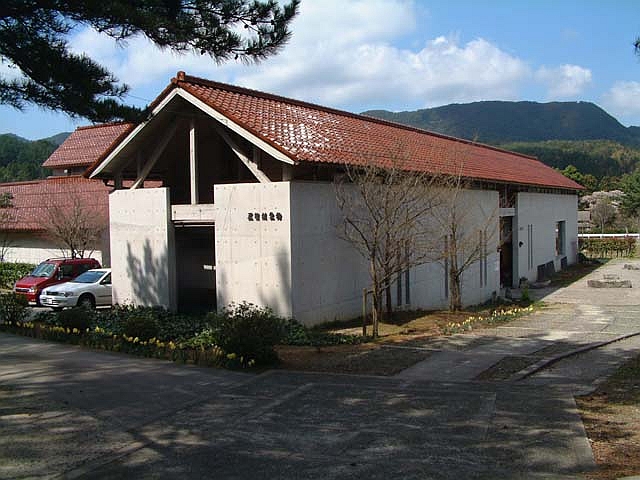
牛突きのことがよく分かる
The information provided reflects the details available at the time of the survey.
Please note that facility details may change due to the facility’s circumstances, so please check for the latest information before visiting.
This content has been translated using machine translation.
Information provided by: JTB Publishing
The content uses an automatic translation service, which is not always accurate.
The translated content may be different from the original meaning, so please understand and use it.

隠岐島で唯一の温浴スポットとして評判の日帰り温泉施設。一般浴場のほか、温泉をプール感覚で楽しめる水着ゾーン(圧注気泡浴・打たせ湯・寝湯)もあるので気分に合わせて選ぼう。
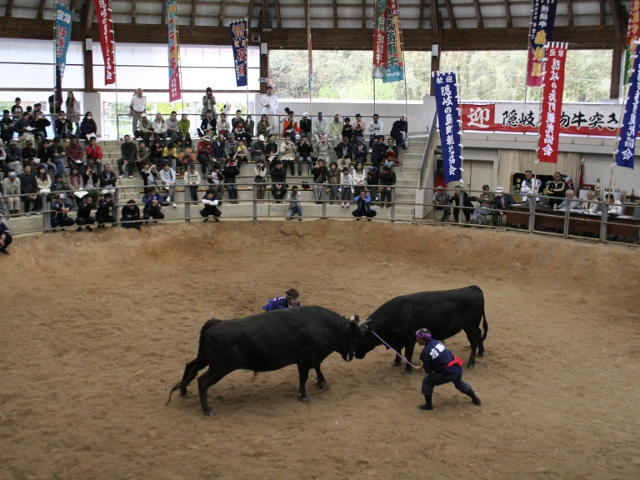
You can tour the "Ushi-tsuki" of the Oki tradition, which is said to have started to comfort Emperor Go-Toba, who was distributed to Oki. The moment you butted the corner, the struggle begins.

Preparing for famine The culture of the island of Oki is introduced along with a wealth of materials such as Gashintawara (Important Cultural Property) (Important Cultural Property) from the end of the Edo period, and Ushushi no Makeshira (Important Cultural Property). The building is a county government office of the Meiji 18 (1885) architecture, and is the oldest wooden Western-style building in Shimane Prefecture. Take 30 minutes.
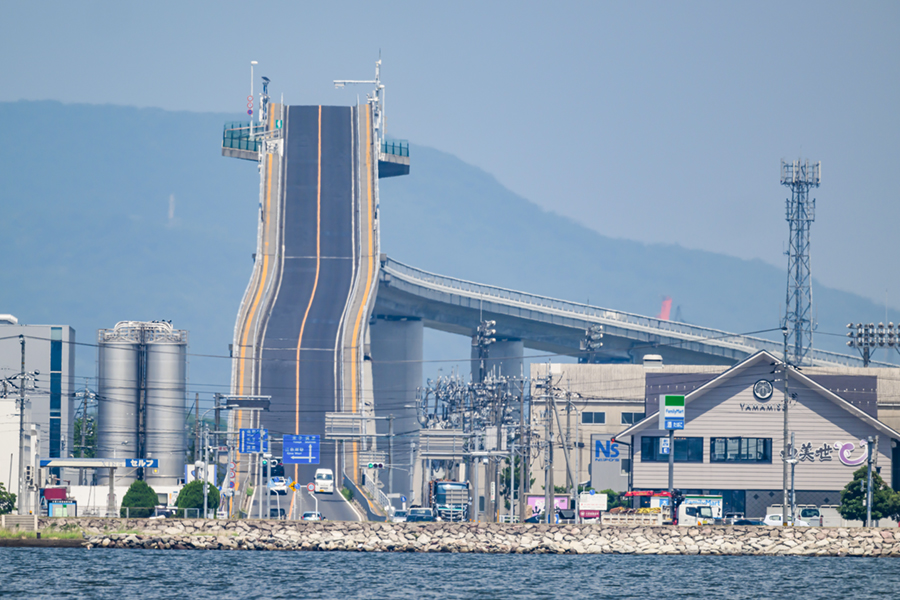
It was used as the subject of a television commercial for a famous car as "Betta Tritosaka", and became famous as the common name "Betta Tritosaka" because of its steep slope. The top reaches a height of about 45m, making it Japan's most concrete girder bridge.
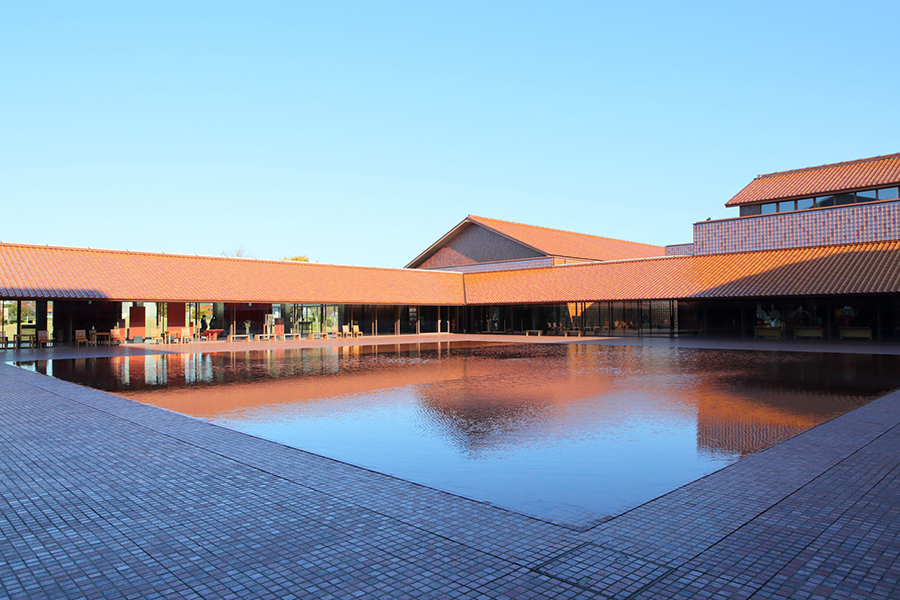
It is a complex of museums and theaters that has become one, and is a complex arts and cultural center representing the western part of Shimane Prefecture, consisting of the Shimane Prefectural Ishimi Museum and the Shimane Prefectural Iwami Art Theater. The facility where museums and theaters have become one is rare nationwide.
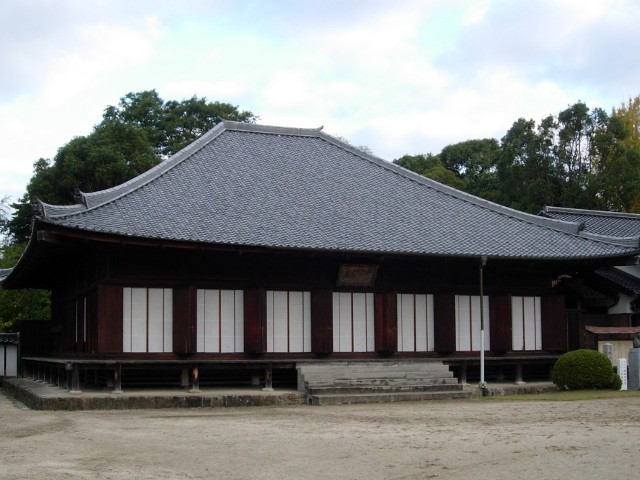
Masuda's Bodaiji Temple. The main hall (important cultural property), which was built in the year 1374 (1374), is a seven-sided square, hipped structure, and features of the Kamakura period are well represented on the line of the powerful roof. There are precious cultural treasures that are transmitted to the temple, such as the "Silu-hon Colored Nikawa-shiraku-do [nigabikudō] figure" (Important Cultural Property, published in GW) and the Buddha statue of the Heian period from the Kamakura period.
This website uses cookies so that we can provide you with the best user experience possible. Cookie information is stored in your browser and performs functions such as recognising you when you return to our website and helping our team to understand which sections of the website you find most interesting and useful.
Strictly Necessary Cookie should be enabled at all times so that we can save your preferences for cookie settings.
If you disable this cookie, we will not be able to save your preferences. This means that every time you visit this website you will need to enable or disable cookies again.
